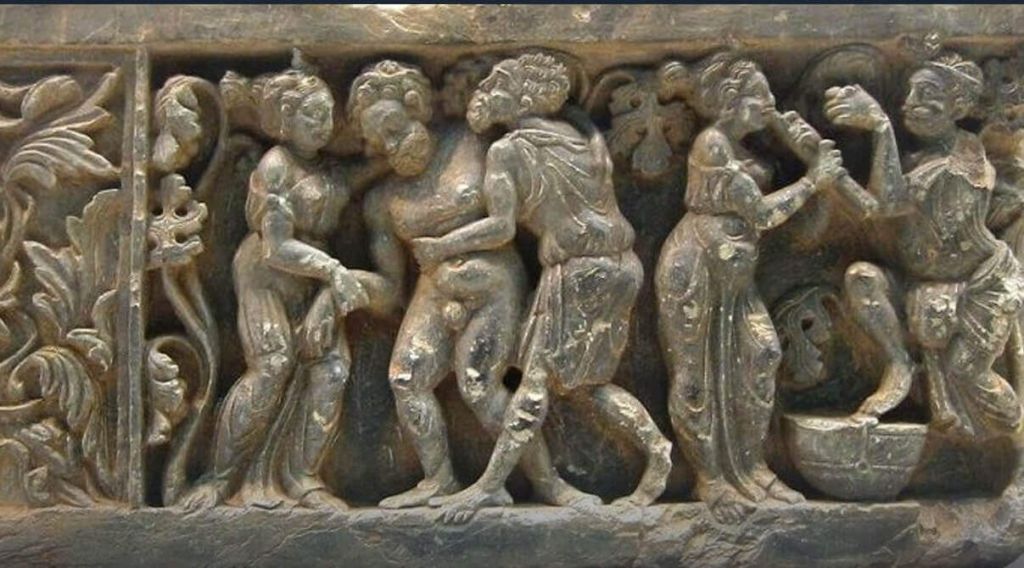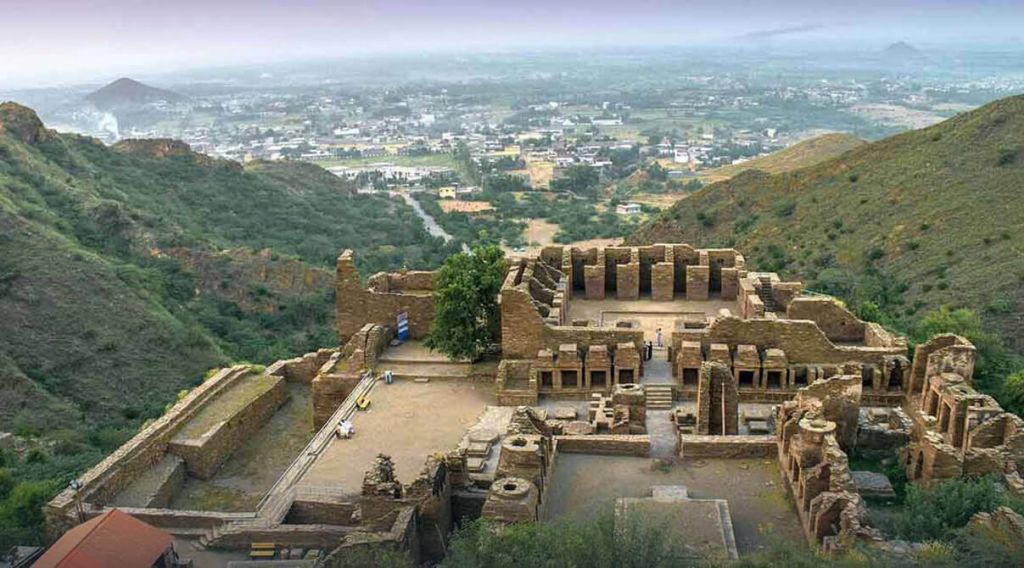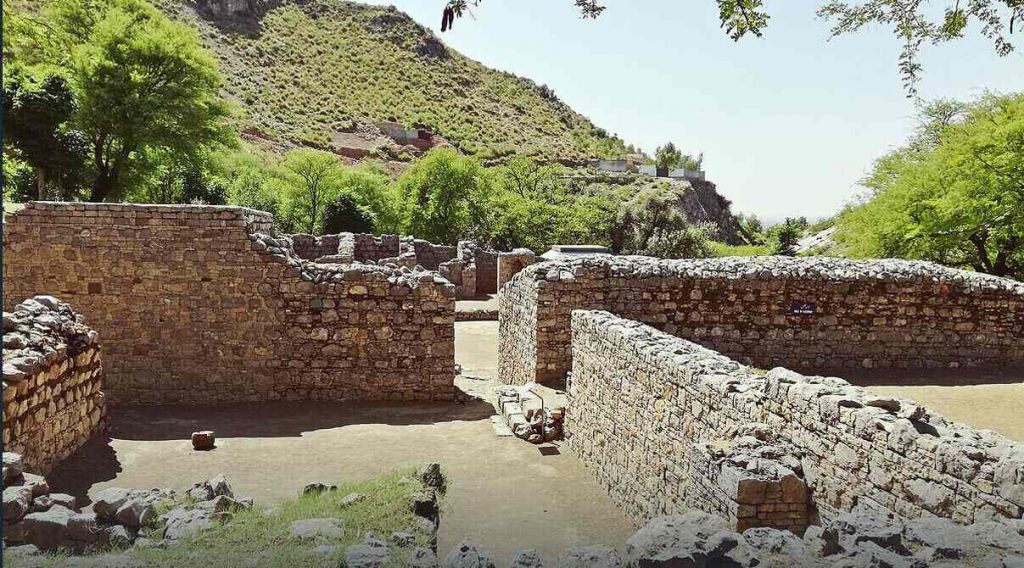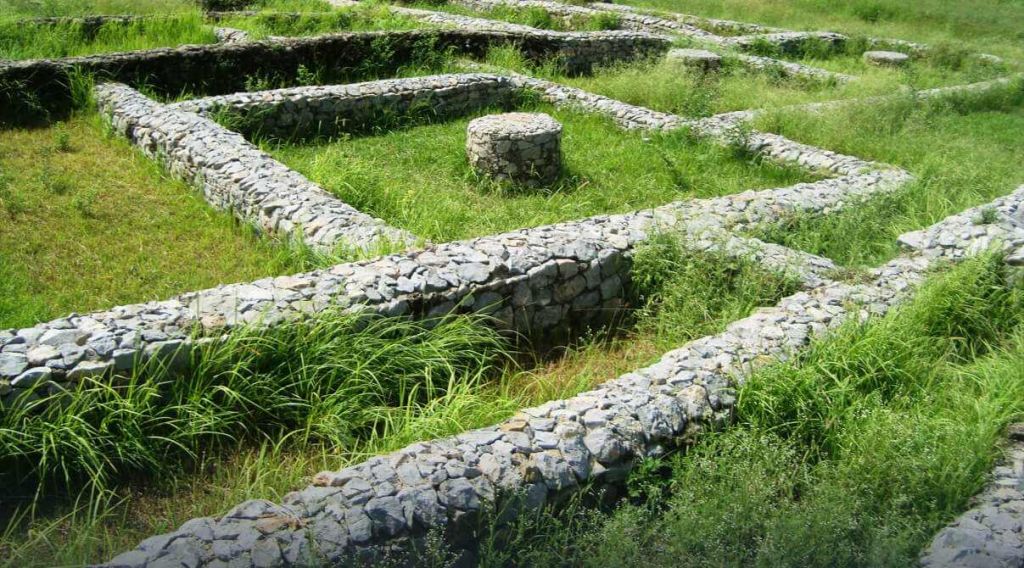In Taxila Pakistan, archeologists have found artifacts belonging to the Gandhara civilization. This particular culture existed around 3000 years ago. It belonged to a city named ‘Takshashila’ or ‘Taksasila’ from where the name of ‘Taxila’ evolved. These artifacts are at the National Museum, located in Karachi, Pakistan. Taxila is in Northern Pakistan and is a treat to visit for lovers of ancient history.
History of Gandhara Civilization
Taxila has remains of the amazing Gandhara Civilization. Various dynasties ruled over the area from time to time.
Strategic Location
The city of Taxila was at a strategic and strong location because it was a hub for trades. As a result of this significance, Taxila was under conflict from time to time. It got destroyed and then got rebuilt several times due to these conflicts of ownership.
Tradition of Learning
The word ‘Taxila’ means a city cut out of stone. Its Gandhara civilization is mentioned in Hindu, Persian and Buddhist literature as well. The city’s name was the ‘Kingdom of Gandhara’ with a great tradition of learning and teaching. Alexander, the Great, invaded India and took over this city too and described it as a prosperous state.
Conquests
After Alexander’s death, Mauryans captured Taxila. They made it a provincial capital. Three generations passed by, preparing the city for another rule. The Indo-Greek rulers took over this city and ruled till the 1st Century. Later, the Scythians from Central Asia ruled over this Gandhara Civilization city. After their rule finished, the Parthians arrived and rule till the end of the 1st century.
Next, the Kushans came. By the 4th Century, the Sasanians came. This fact got proved with the discovery of their copper metal coins found in Taxila. In the 5th Century, the city became a hub of Buddhist monasteries. After that, the Huns attacked the city and turned it into pieces.
Related: The appealing Sikh gurdwara in Lahore
Gandhara Civilization in Taxila
The name ‘Gandhara’ represents an ancient kingdom, located in Taxila and surrounding areas. The kingdom’s era ranged from the 6th (B.C.E) to the 11th Century (C.E). It was a place for cultural exchange and fermentation. It was particularly known for a combination of two cultures: Greek and Buddhist. This civilization brought the best monastic university in the world. It was a hub for learning.
This Gandhara civilization represents the blend of many different religions and cultures. It proves the fact that diversity can co-exist. The citizens of this civilization lived in perfect harmony. They exhibited their positivity through art, science, and literature.
Excavation Efforts
The excavations of this city started in 1863. Alexander Cunningham, the father of Indian Archaeology, started this activity. His legacy continued with John Hubert. He took another 20 years to completely investigate the city’s historical significance. They helped explore the real worth of Taxila city.
Variety of Cultures in Gandhara Civilization
The artifacts found in Taxila have shown many cultures to have lived in the city. These cultures include the following:
- Scythian
- Greek
- Kushan
- Han
- Hindu
- Indo-Greek
- Mauryan
- Achaemenid
- Parthian
- Muslim
You can see the abundance of culture! It shows how important this city is.
Taxila – A UNESCO World Heritage Site
This ancient city of Northern Pakistan has an entire belt of ruins. The lands have an ancient history in them. These ruins are approximately about 35 kilometers on the northwestern side of Rawalpindi. As an important trade route, writers described this city as a ‘Royal Highway’. When the routes of this city became insignificant, the rulers destroyed it further. Particularly, the Huns community destroyed this place by the 5th century. However, its historical significance made it an important site for the world again. In 1980, the United Nations named this city the UNESCO World Heritage Site. This honor gave this city, of the Gandhara civilization, a new perspective and look.
Read more: Brief look at Lahore – The heart of Pakistan
Important Places to Visit in Gandhara Civilization
Taxila, the hub of Gandhara civilization, has many sites with remains of the past.
Khanpur Cave
This cave contains artifacts from four different settlements: Buddhists, Muslims, Greeks, and Hindus.
Bhir Mound
This site shows the earliest remnants left by the Achaemenians in the 6th Century. It has walls made of stones, leftover housing foundations, and street bases. This area represents the urban side of the city.
Sirkap
The area of Sirkap was also a fortified area, created in the 2nd Century. The city shows remnants of houses and temples. The architecture shows a classic Western influence on the Gandhara civilization.
Saraikala
This site represents the prehistoric associations of the city. It has evidence that tells tales about the Bronze Age and the Iron Age.
Buddhist Sites
There are abundant sites in Taxila, representing Buddhist history and Gandhara architecture. Hence, history lovers enjoy coming to this place. Historical sites include the following places in the city:
- Takht Bahi
- Khader Mohra
- Kalawan
- Giri Monasteries
- Kunala
- Jandial
- Lalchack
- Dharmarajika
- Badalpur
- Mohra Moradu
- Jaulian
- Pipplian
- Bahalar
Gandhara Art
The sculptures found in Taxila reveal many interesting things about the Gandhara civilization. Therefore, art lovers enjoy coming to this place.
Related: Few interesting facts about Pakistan
Sculptures
The people at that time used three ingredients to create their sculptures:
- Greenish Phyllite
- Greyish Blue Mica
- Stucco
Once the sculpture was created and dried, it was then carefully painted as well. The sculptures were long-lasting and strong. This is why these art pieces are able to survive till this century too.
School of Art
The community, under Emperor Kanishka, had built the Gandhara School of Art in the 1st century. It trained people on the use of sculptures for creating representations. Hence, this school initiated and patronized the creation of Buddha’s form in sculptures. This, later, became a strong representation of the Gandhara culture and Buddhism.
Thus, Gandhara Civilization lies in the heart of the city of Taxila. If you are ever in a mood to see how the world looked like in the previous centuries, then we do recommend a visit here! Surely, Taxila will warmly welcome you.